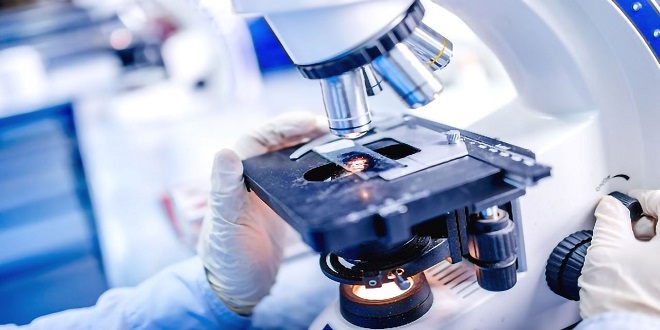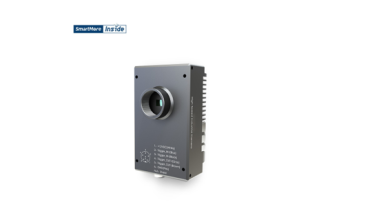What is a microscope?

What is a microscope? The light microscope, also known as the “optic” (or “photon”), is an optical unit that includes a lens and eyepiece. It allows you to magnify an object in order to see every detail. This is very similar to what happens when you look through a telescope or binoculars.
The use of lenses allows us to see with incredible finesse and magnify the natural limits of our vision.
The microscope must be distinguished from the binocular device which magnifies an object only 5 to 50x. The magnification of the finest microscopes is between 100 and 1000x.
This microscope is better for precision and resolution. It magnifies the image, but also gives you a clear view.
What is the working principle of a microscope?
What is the working principle of a microscope? A microscope’s operation is very simple. Two lenses are required for enlargement.
First, let’s talk about the objective. A converging lens is designed to magnify what must be seen.
Manufacturers may offer different objectives that correspond to higher or lower magnifications depending on the needs of the element being observed.
The optical system that allows the eye to see an image is called the eyepiece. The second lens corrects deformation caused by the first lens, which gives you better visual comfort and allows for extended observation.
Other accessories are available to enhance this ocular system, such as the diaphragm, the mirror, the sample holder with its metal clamps and focus knobs or screens. Screens are available for digital microscopes, such as Mighty Scope and Cyclops.
Areas of application and advantages
What are the greatest advantages of a microscope compared to other tools? There are many applications for the microscope, beginning with the medical industry.
The microscope allows for the examination of diseases, as well as the development of vaccines and other treatments. It also makes it possible to assess the health status of patients through blood analysis in order to make a diagnosis or prescribe the appropriate treatment.
Many practical workrooms in education are equipped with this optical tool to facilitate student training.
Biologists and scientists use it to study microorganisms and cells and their reproduction, movement and evolution to better understand the world.
To analyze clues left at crime scenes, forensic scientists routinely use microscopes, such as hair and fingerprints, or any microorganisms that could help guide investigators.
The pharmaceutical industry isn’t left behind, as it makes use of the most advanced microscopes every day to study disease and find cures. The microscope is an ally for the most skilled scientists and specialists in their pursuit of knowledge.
The tech industry faces challenges including cybersecurity threats and ethical and privacy concerns. These issues impact the sector significantly and require ongoing attention to safeguard sensitive data and maintain trust.
Alternatives to the Microscope
Two products are better than the microscope. They can be used as a substitute, but not to replace it. Because magnifying lenses are used to magnify the magnifying glasses, it follows the same principle.
It is ergonomic, easy to use, cheap, and does not require any power source.
It will not, however, be able to match the quality of observation provided by a microscope.
Digital photography is another option, which can be enhanced using image editing software. The magnification power is still quite low and cannot compete with the performance from the most powerful microscopes.





